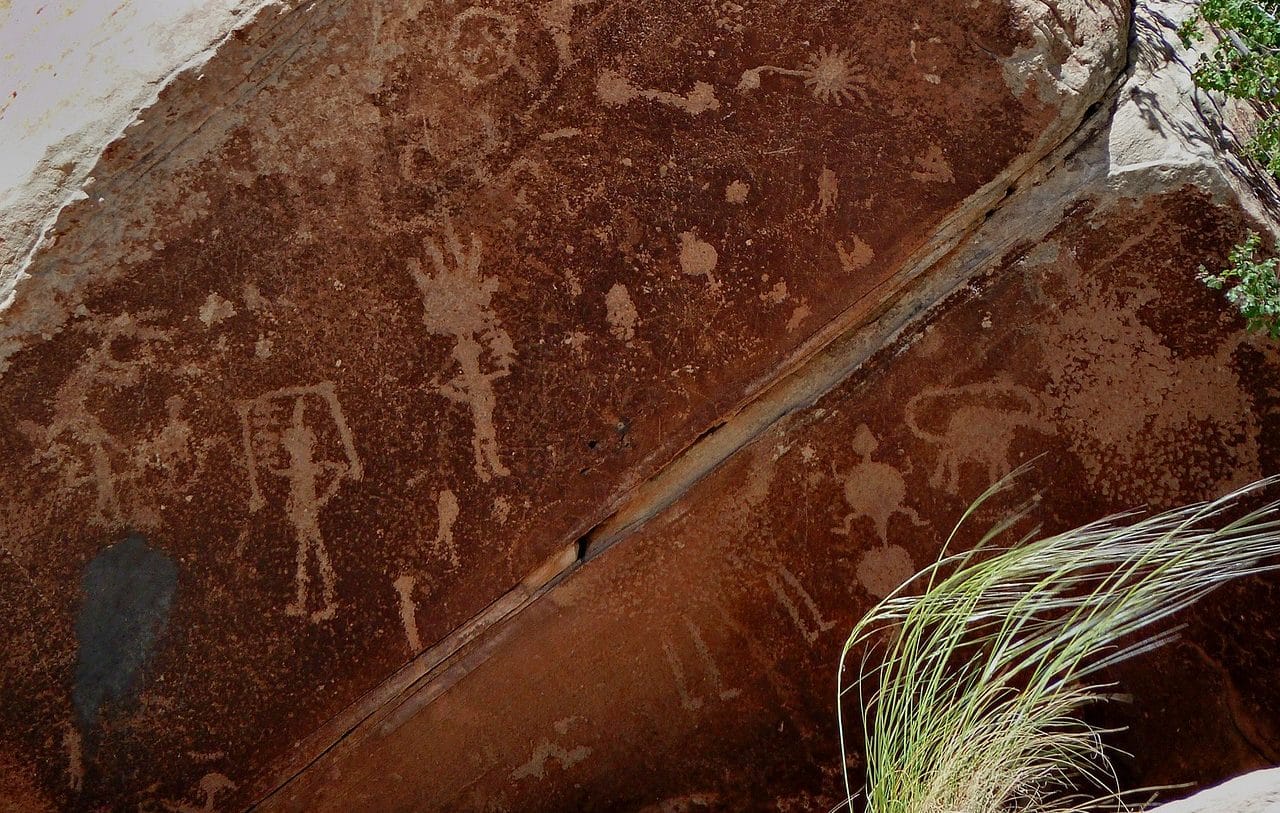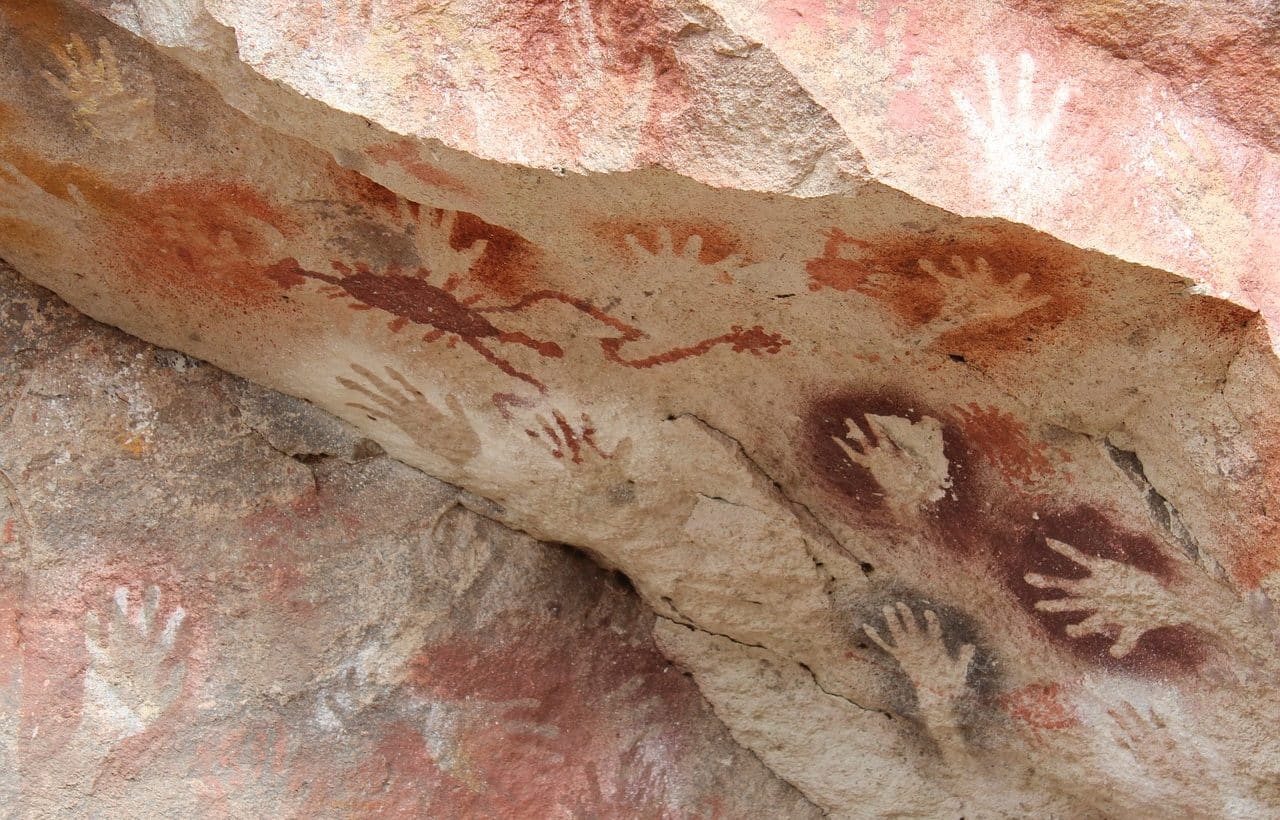
Rock art is developed on rocks.
Rupestre is an adjective that comes from the Latin word rupes , which can be translated as “rock.” The concept, therefore, refers to that which is linked to rocks .
For example: “In this area there are cave paintings of great historical value” , “My brother is a specialist in rock art” , “There is not much vegetation on this mountain, just some cave plants” .
rock art
The drawings and paintings that prehistoric men made on rocks are called rock art . These are primitive artistic manifestations that, being often carried out inside caverns and caves , have managed to persist despite the passage of time.
Cave paintings generally have a magical claim to encourage hunting . The drawings show scenes where men hunt animals, possibly with the intention that they materialize in reality.
Rock art also used to represent man's daily life and depict people's hands on the walls of caves. In this way, prehistoric human beings interacted with their environment and their deities.
To make cave paintings, people used everything from minerals to charcoal , including body waste . Experts believe that the pigments were combined with fat, resin or another binder.

There are samples of rock art in various regions.
The Altamira Cave
There are many corners of the planet where great jewels of so-called rock art can be found. However, without a doubt, one of the most important representations of it is found in Spain , in the famous Altamira Cave , which is located in the Cantabrian municipality of Santillana del Mar and which is considered by many to be the Sistine Chapel. of this art .
It was discovered at the end of the 19th century , specifically in 1868 by a weaver named Modesto Cubillas and has been classified as a World Heritage Site since 1985 . In addition to that, it is worth knowing other information of interest such as the following:
- Its discoverer seems to have failed to get anyone interested in what he had found and the only one who showed some curiosity was a rich local owner who was fond of paleontology and whose name was Marcelino Sanz de Sautuola .
- The engravings and paintings it possesses are considered to belong to the Magdalenian, Solutrean, Gravettian and Aurignacian periods.
- Most of the works discovered have been cataloged as belonging to the Franco-Cantabrian school . This is identified, above all, because it is committed to the realism of the figures represented.
- Among the most important paintings that this Altamira Cave has, the Great Cierva stands out, which at 2.25 meters is the largest of all; the Shrunken Bison , which is one of the most admired by art experts; and the Ocher Horse , which is part of the group of the oldest.
rock plants
It should be noted, on the other hand, that plants that grow on stony terrain are classified as rock.
Phagnalon rupestre (a semi-shrub from the Mediterranean region) and Sedum rupestre (a herbaceous plant that can reach thirty centimeters in height) are in this group of vegetables.
